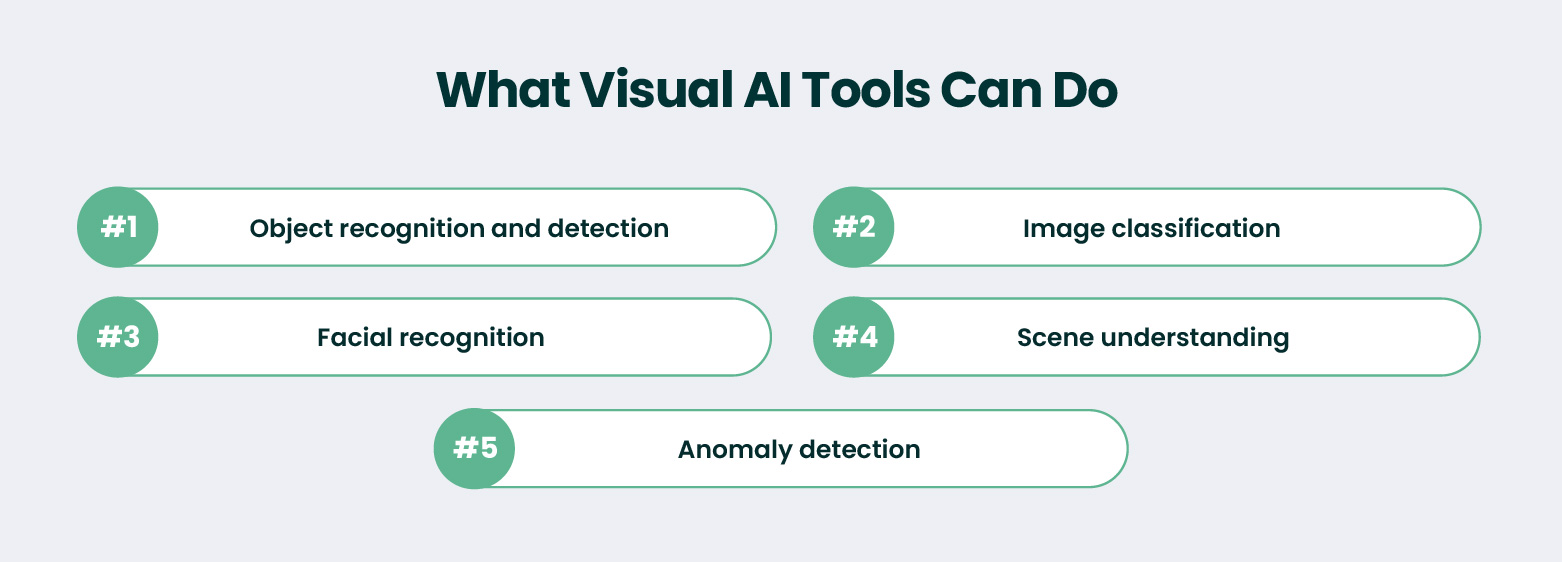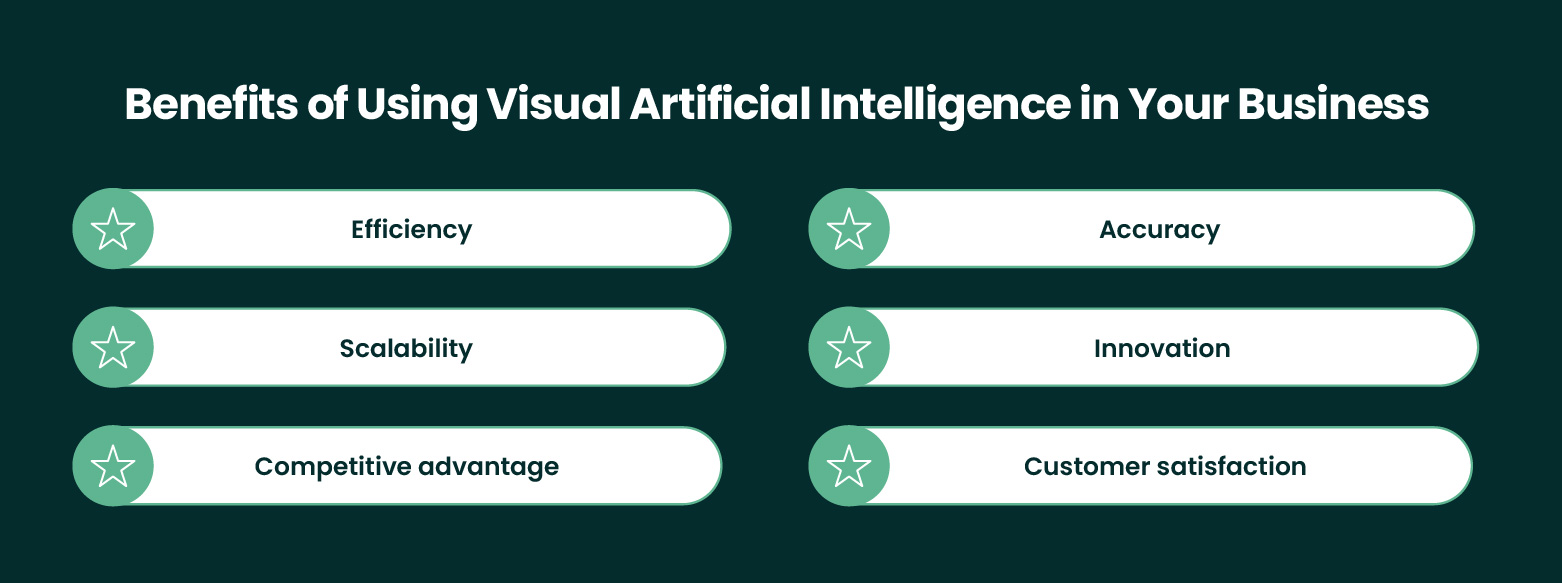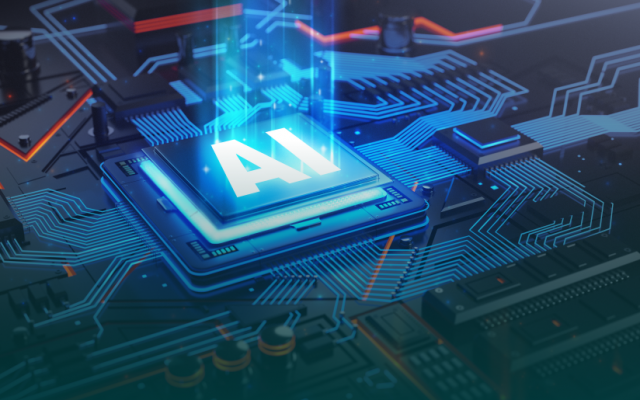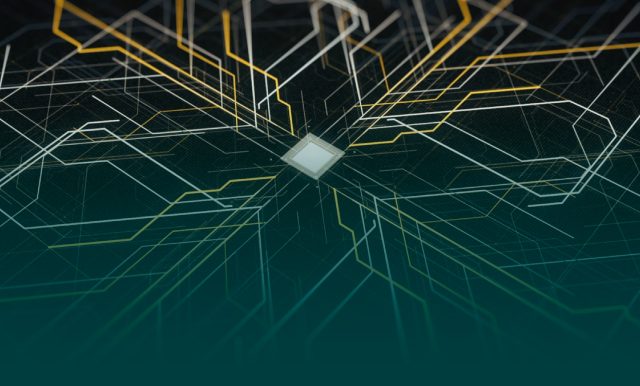Visual AI technology helps online businesses automate repetitive tasks and extend the value visual data brings. For instance, by delegating work with product images to AI, you can get unique product descriptions in a matter of minutes or even seconds. Not to mention the opportunity to improve and generate product images by AI from scratch.
Visual-based AI is a perfect choice for growing enterprises and those scaling up. Managing a limited number of products may seem an easy task, especially for businesses that are at the start of their paths. However, as your company grows, so does your assortment. The number of products offered on your site increases from hundreds to thousands or even millions, and each one requires your team’s attention.
For each product, your managers should create an entry in your management system, upload product images, create descriptions, fill in characteristics, define the price, and even create description translations if you operate in foreign markets. This seems like a massive volume of work, which is why businesses are in constant search for tools that can help automate at least some part of their work scope.
As the Gartner survey reports, more than 55% of organizations that adopted AI are open to new AI use cases and look for ways to maximize the value it brings. One of such ways can be the use of visual AI. Let’s talk about this technology, its applications and capabilities, and the methods to integrate visual-based AI into your infrastructure.
What Is Visual AI?
Visual artificial intelligence, also known as computer vision, is a field of artificial intelligence that enables machines to understand and process visual data. Simply put, it allows computers to see and make sense of images and videos, similar to how humans do this.
At its core, visual-based AI involves teaching computers to recognize patterns and objects in visual content. This technology can identify things like faces, text, and everyday objects in photos and videos. It’s the same kind of technology that powers features like facial recognition on your smartphone or automatic tagging of friends in social media photos.
Visual artificial intelligence works by using advanced algorithms and large sets of visual data. The more data the system processes, the better it gets at understanding and identifying what it sees. This process mimics the way our brains learn to recognize and distinguish between different objects and scenes over time.
In essence, visual-based AI transforms visual information into data that computers can analyze and act upon. This capability is opening up new possibilities across various fields, which we will explore in the upcoming sections.
What Visual AI Tools Can Do
By 2029, the AI image recognition market is projected to reach $4.4 billion, all thanks to its wide and practical capabilities. This novel technology is capable of many impressive tasks. Here are some key things it can do:
- Object recognition and detection: Visual-based AI can identify and locate objects within an image or video. For example, it can spot a car, a tree, or a person in a photo.
- Image classification: This involves sorting images into different categories. The AI technology can look at a picture and decide whether it shows a dog, a cat, a house, or something else.
- Facial recognition: Visual artificial intelligence can recognize and verify individual faces. The technology can match a face in an image or video to a specific person, even in a crowd.
- Scene understanding: Beyond identifying individual objects, AI can understand entire scenes. It can analyze an image or video and describe what is happening, like recognizing that a street scene includes cars driving, people walking, and buildings.
- Anomaly detection: AI can spot unusual or unexpected items in images or videos. For example, it can detect if there is something out of place in a security video or find defects in a product on an assembly line.
These abilities make visual-based artificial intelligence a powerful tool for processing and analyzing visual information.
Benefits of Using Visual Artificial Intelligence in Your Business
Smart visual technology offers a wide range of benefits that can positively impact your business operations. Let’s explore some of the key advantages:
Efficiency: Visual AI automates repetitive tasks, freeing up valuable time for your employees to focus on more strategic and creative endeavors. Tasks like data entry, image tagging, and document processing can be streamlined and accelerated with AI, leading to increased productivity and cost savings.
Accuracy: AI models can analyze vast amounts of visual data with unparalleled accuracy. Whether it’s identifying anomalies in manufacturing processes or detecting tumors in medical images, the technology helps reduce errors and ensures more reliable results.
Scalability: Visual artificial intelligence has the ability to handle large datasets and complex analysis, making it suitable for businesses of all sizes. Whether you’re a small startup or a large enterprise, AI can scale to meet your growing needs without compromising performance. This scalability enables businesses to leverage this technology for a wide range of applications, from customer service automation to supply chain optimization.
Innovation: AI opens doors to new business models and opportunities. By harnessing the power of visual AI, businesses can create innovative products and services that cater to evolving customer demands. Whether it’s virtual try-on solutions for ecommerce or personalized healthcare diagnostics, it enables businesses to stay ahead of the curve and drive innovation in their respective industries.
Competitive advantage: Implementing artificial intelligence gives your business a competitive edge in today’s fast-paced market. By leveraging smart technologies to improve efficiency, accuracy, scalability, and innovation, you can differentiate yourself from competitors and position your business for long-term success.
Customer satisfaction: Visual artificial intelligence can enhance the overall customer experience by providing personalized and efficient services. Whether it’s through visual search capabilities, virtual product try-ons, or interactive visualizations, AI in customer service helps businesses deliver tailored experiences that delight customers and drive loyalty.
In conclusion, this novel technology offers numerous benefits that can transform your business operations and drive growth. By embracing visual-based AI tools, businesses can gain a competitive advantage, enhance customer satisfaction, and unlock new opportunities for success.
Applications of Visual-Based AI in Various Industries
AI is transforming many industries by providing powerful tools to analyze and interpret visual data. Here are five examples of how visual AI technology is being used:
E-commerce
In ecommerce, AI helps improve the shopping experience. In 2024, the worldwide spending on AI in ecommerce reached $19.7 billion and keeps growing. Self-checkout systems use AI to recognize items and speed up the payment process. This visual-based technology also helps manage inventory by tracking stock levels and identifying products that need restocking.
Manufacturing
In manufacturing, this powerful technology ensures products meet quality standards. It can inspect items on production lines and detect defects. For predictive maintenance, visual artificial intelligence monitors equipment and predicts when maintenance is needed, reducing downtime and preventing breakdowns.
Healthcare
In healthcare, visual AI analyzes medical images like X-rays, MRIs, and CT scans to help doctors diagnose diseases. It also monitors patients’ state, tracking vital signs and alerting medical staff to any changes that need attention.
Security and surveillance
In security, AI enhances surveillance systems. It can detect intrusions and alert security personnel in real time. Facial recognition technology identifies and verifies individuals, improving security at places like airports and offices.
Agriculture
In agriculture, visual-based AI is used for crop monitoring and yield prediction. It analyzes images of fields to detect plant health issues, pests, or diseases early. Artificial intelligence can also predict crop yields, helping farmers make better decisions about planting and harvesting.
These examples highlight how AI is being applied across different industries to improve efficiency, accuracy, and decision-making. From enhancing shopping experiences to ensuring product quality, diagnosing diseases, boosting security, and supporting agriculture, visual-based AI is making a significant impact.
How to Integrate Visual AI into Your Software
Pre-built APIs and services. Many companies offer pre-built visual AI APIs and services that you can easily integrate into your software. In fact, more than 80% of enterprises adopting AI use this method of integrating the technology into their infrastructures.
AI APIs provide ready-to-use functionalities for tasks like image recognition, object detection, and facial recognition. By simply integrating these APIs into your software, you can quickly add powerful visual AI technology capabilities without needing to develop complex algorithms from scratch.
Cloud-based solutions. Cloud-based AI solutions offer a convenient way to access advanced AI capabilities without the need for extensive infrastructure or technical expertise.
With this AI implementation method, you can leverage the computing power and scalability of cloud platforms to perform complex visual analysis tasks. These solutions often come with user-friendly interfaces and customizable features, making them accessible to businesses of all sizes.
Low-code/no-code tools. For businesses that don’t have a team of skilled developers, low-code and no-code tools provide an easy way to build and deploy visual-based AI applications.
These platforms offer intuitive drag-and-drop interfaces and pre-built components that allow users to create custom AI workflows without writing a single line of code. With low-code/no-code tools, businesses can quickly prototype and deploy smart solutions with minimal technical expertise.
Reffering to an AI integration company for help. If you prefer a more hands-on approach, you can enlist the help of an AI integration company. These companies specialize in integrating visual artificial intelligence solutions into existing software systems.
They have the expertise and experience to assess your business needs, select the right AI technologies, and seamlessly integrate them into your software. By partnering with an AI integration company, you can ensure a smooth and successful implementation of AI without having to become a tech expert yourself.
Need help with integrating visual AI tools with your software?
Reach out to us today to explore how we can assist. Our team of experts is here to guide you through the process and ensure a seamless integration that meets your specific needs.
Visual AI in E-commerce: Forbytes’ Case Study
One of Forbytes’ recent creations is the new AI Assistant with wide visual artificial intelligence capabilities, specifically tailored for e-commerce platforms.
This smart tool is a game-changer, as it can analyze product images and extract essential data from them swiftly and accurately. With its help, e-commerce stores get the chance to automatically enrich their e-commerce platforms with detailed product information without manual intervention.
The tool works in the following way:
- A manager uploads product images to their management system (this step can be automated).
- The AI-powered Assistant connected to the system processes product images and extracts data from them.
- The extracted data is automatically used to generate unique product descriptions, without the need to do this manually.
The AI Assistant is an advantageous tool for businesses offering thousands and millions of products. Instead of hiring professionals to write content manually, companies can use the AI Assistant and create unique, error-free, and engaging product descriptions and their translations in any language.
By incorporating visual-based AI into your e-commerce platform, you not only streamline operations but also enhance the overall user experience. With our AI Assistant, you ensure that your business stays ahead in the competitive e-commerce landscape.
Ready to Try the E-commerce AI Assistant?
The potential applications of AI are vast and varied, spanning industries such as healthcare, retail, manufacturing, and beyond. By integrating visual AI into your operations, you can unlock new levels of productivity, gain deeper insights from your data, and deliver the best experiences to your customers.
Are you ready for AI-powered changes? Get a free demo of our AI Assistant today and discover all the benefits it can bring to your business.













